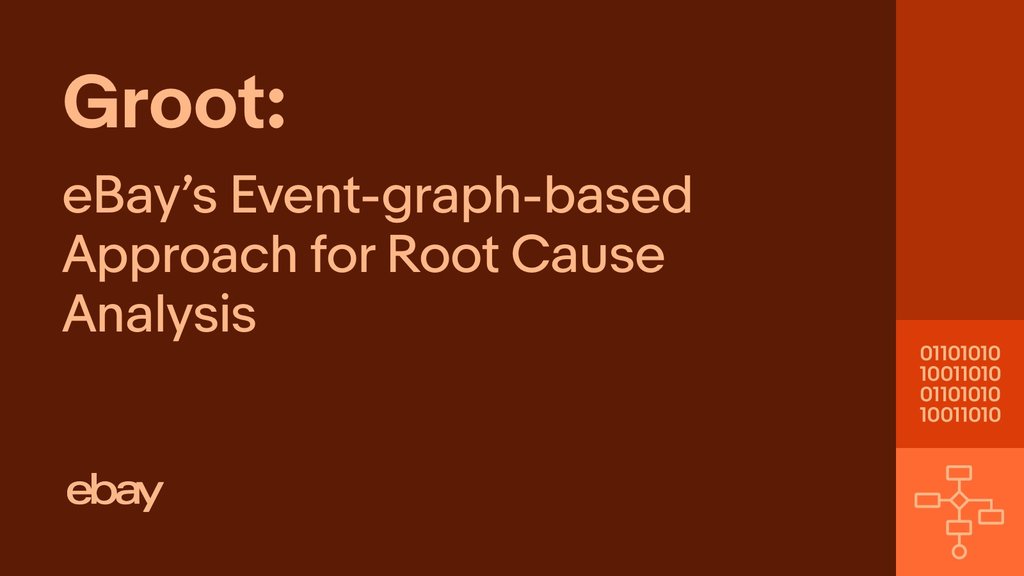eBay’s Event-graph-based Approach for Root Cause Analysis
As large-scale distributed microservice systems continue to power more of today’s businesses, it has become even more important to detect any anomalies in these systems and efficiently diagnose their root causes to ensure high system availability. To diagnose any root causes, existing approaches have usually consisted of capturing information about the state of the system […]
Continue Reading








